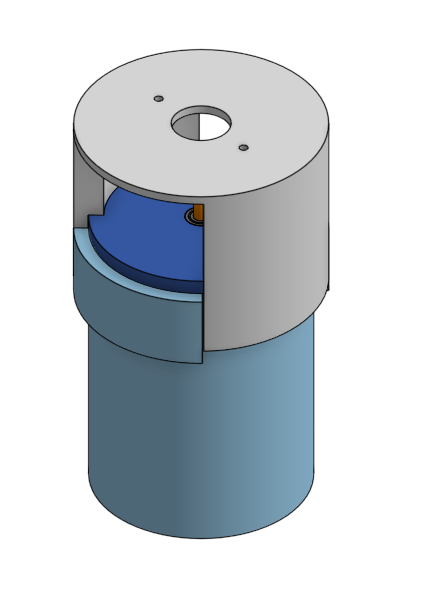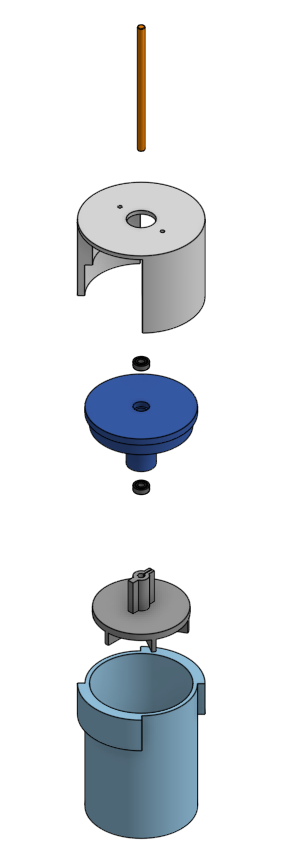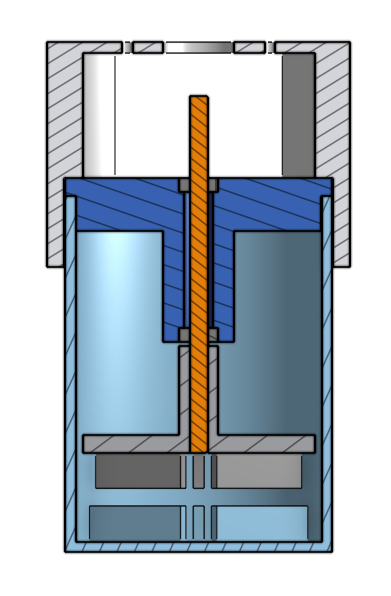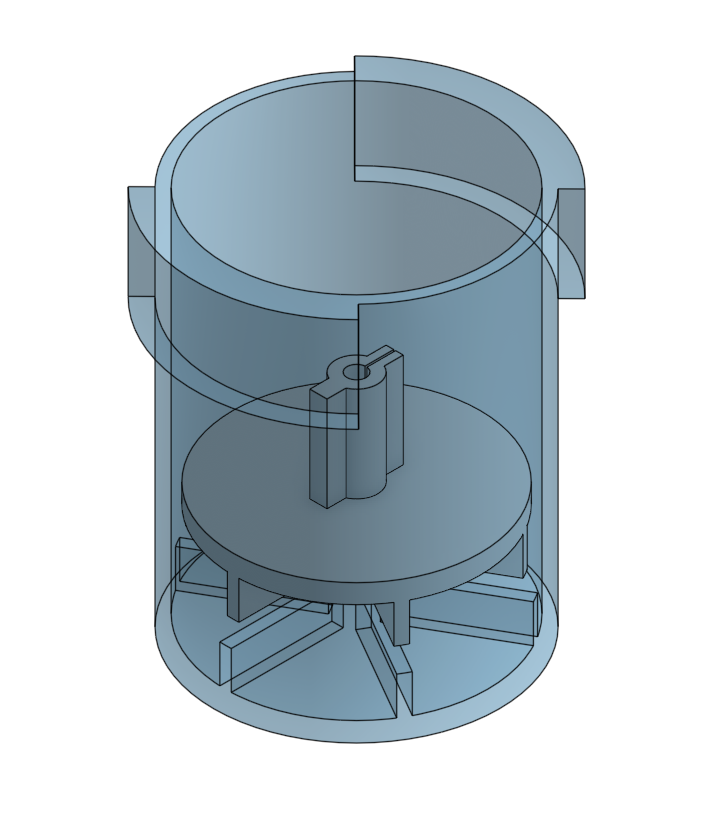- Messages
- 298
- Reaction score
- 583
- Arrma RC's
- Mojave EXB
Background: Trying to eek out every last bit of performance from a stock Traxxas Slash (brushed 2wd) for Spec Slash racing.
I've been mulling over how to determine which motor is the "best" one to run out of a batch of motors that I have on hand. For context, we have to run the stock Traxxas 12T Titan motor, which is a sealed unit. There are some things you can do to break them in, lube them, etc, but for the most part you just buy one and hope for the best.
I know there are some expensive motor dynos that are available that utilize a heavy flywheel to act as a load, and you can measure how quickly the flywheel spools up, etc. But those cost hundreds of dollars and probably many hours of tinkering/learning to understand how to even utilize/interpret the data.
I was wondering if it might be useful to create a much simpler, cheaper "dyno" that consists of an RPM meter ($20 on amazon for an optical tachometer). My thought is that I could run a motor with no load at various fixed throttle inputs (e.g. one "low" throttle input with the throttle trim turned all the way up, and one "max" throttle input with the trigger pulled all the way in). The more efficient the motor, the higher its RPM would be at each of the above conditions. And hopefully that would translate over to the motor's performance under load. Maybe I could measure current draw as well.
Not sure how much validity there is in my reasoning here, but the tachometer is cheap enough I might just go for it anyway
I've been mulling over how to determine which motor is the "best" one to run out of a batch of motors that I have on hand. For context, we have to run the stock Traxxas 12T Titan motor, which is a sealed unit. There are some things you can do to break them in, lube them, etc, but for the most part you just buy one and hope for the best.
I know there are some expensive motor dynos that are available that utilize a heavy flywheel to act as a load, and you can measure how quickly the flywheel spools up, etc. But those cost hundreds of dollars and probably many hours of tinkering/learning to understand how to even utilize/interpret the data.
I was wondering if it might be useful to create a much simpler, cheaper "dyno" that consists of an RPM meter ($20 on amazon for an optical tachometer). My thought is that I could run a motor with no load at various fixed throttle inputs (e.g. one "low" throttle input with the throttle trim turned all the way up, and one "max" throttle input with the trigger pulled all the way in). The more efficient the motor, the higher its RPM would be at each of the above conditions. And hopefully that would translate over to the motor's performance under load. Maybe I could measure current draw as well.
Not sure how much validity there is in my reasoning here, but the tachometer is cheap enough I might just go for it anyway





